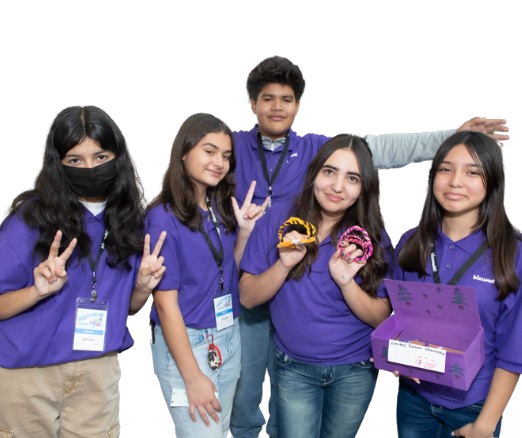


We’re proud to accept donations of cryptocurrencies via our partnership with Every.org. You may please donate directly through our donation portal here.
For information about electronic transfers or to donate stock or appreciated securities please send us a message here now.
Making a donation through your Donor-Advised Fund is simple and impactful!
How to Give:
Helpful Tips:
Thank you for supporting BizWorld Foundation and helping us equip young entrepreneurs to unlock their potential!
Please submit a contact form now for information about electronic transfers or to donate stock or appreciated securities.